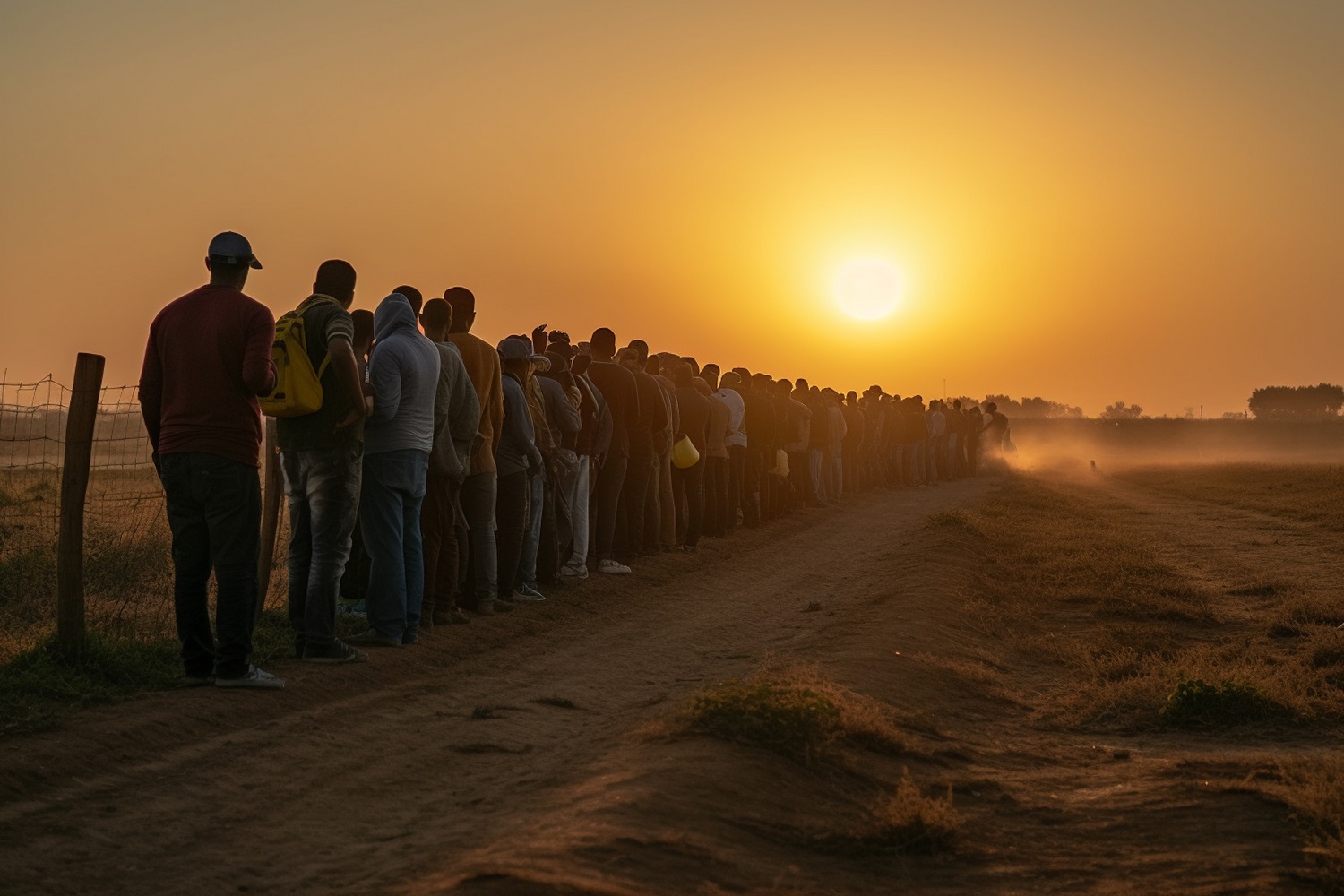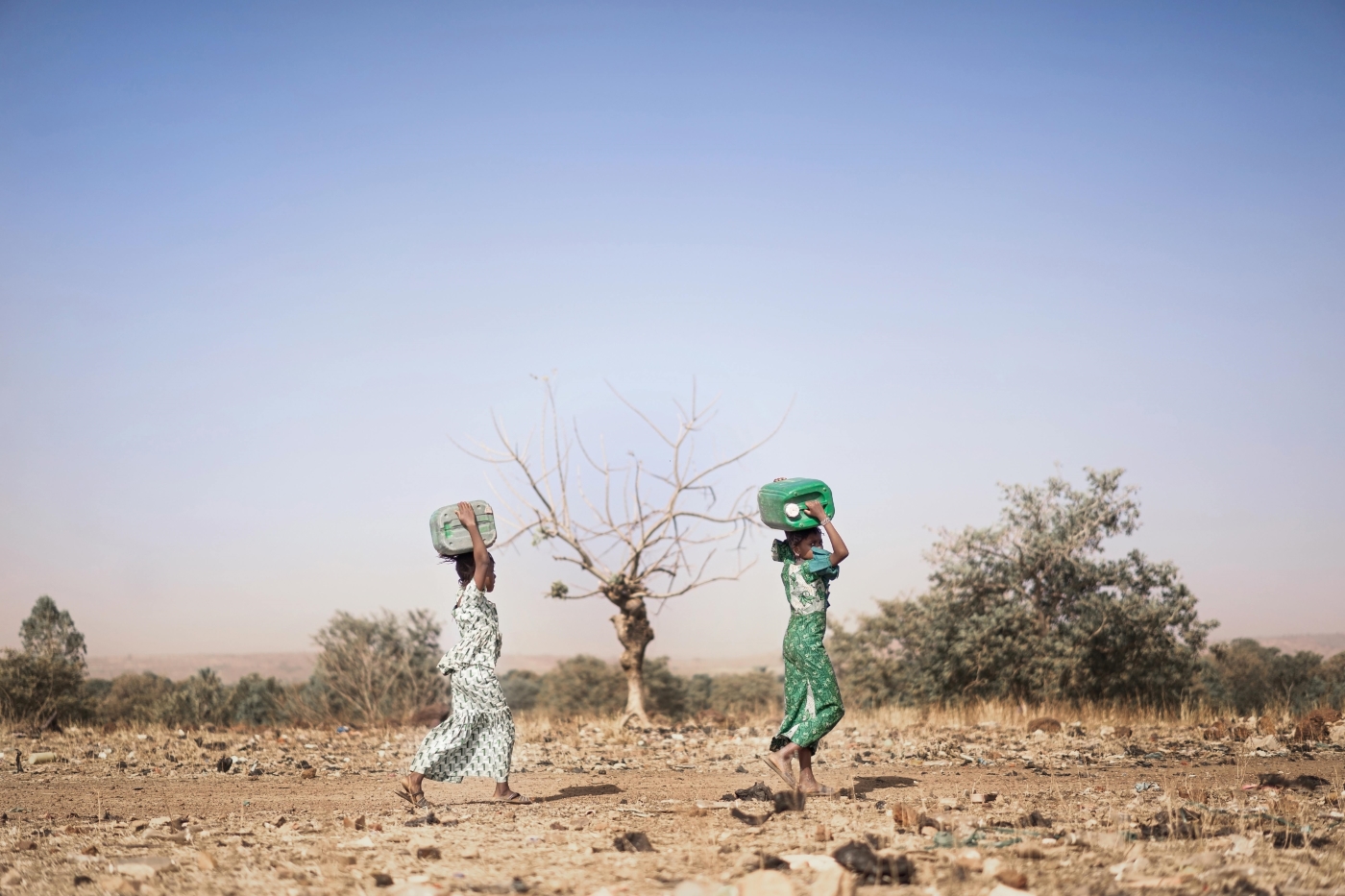Michael Clemens was the director of migration, displacement, and humanitarian policy and a senior fellow at the Center for Global Development, where he studies the economic effects and causes of migration around the world. He has published on migration, development, economic history, and impact evaluation, in peer-reviewed academic journals including the American Economic Review, and his research has been awarded the Royal Economic Society Prize. Clemens also serves as a Research Fellow at the IZA Institute of Labor Economics in Bonn, Germany and as an External Research Fellow of the Centre for Research and Analysis of Migration (CReAM) in the Department of Economics at University College London (UCL). He has served as an Associate Editor of the Journal of Population Economics and World Development. He is the author of the book The Walls of Nations, forthcoming from Columbia University Press. Previously, Clemens has been an Affiliated Associate Professor of Public Policy at Georgetown University, a visiting scholar at New York University, and a consultant for the World Bank, Bain & Co., the Environmental Defense Fund, and the United Nations Development Program. He has lived and worked in Colombia, Brazil, and Turkey. He received his PhD from the Department of Economics at Harvard University, specializing in economic development, public finance, and economic history.






